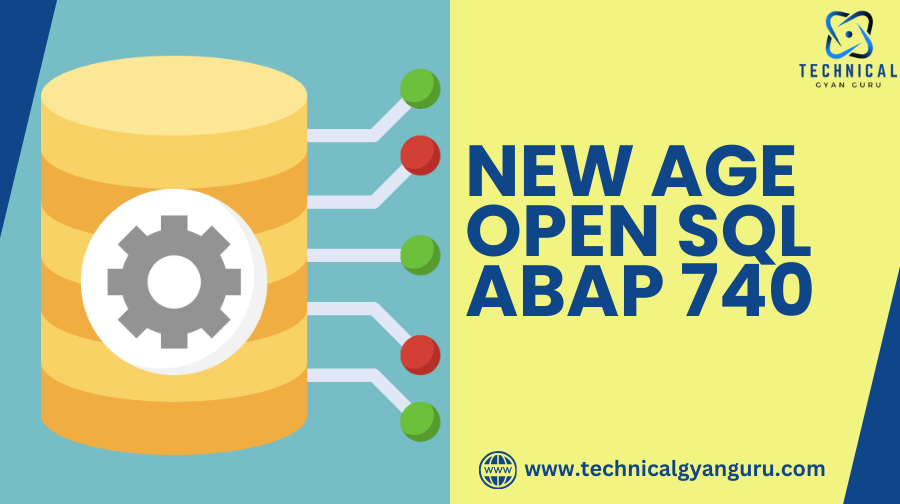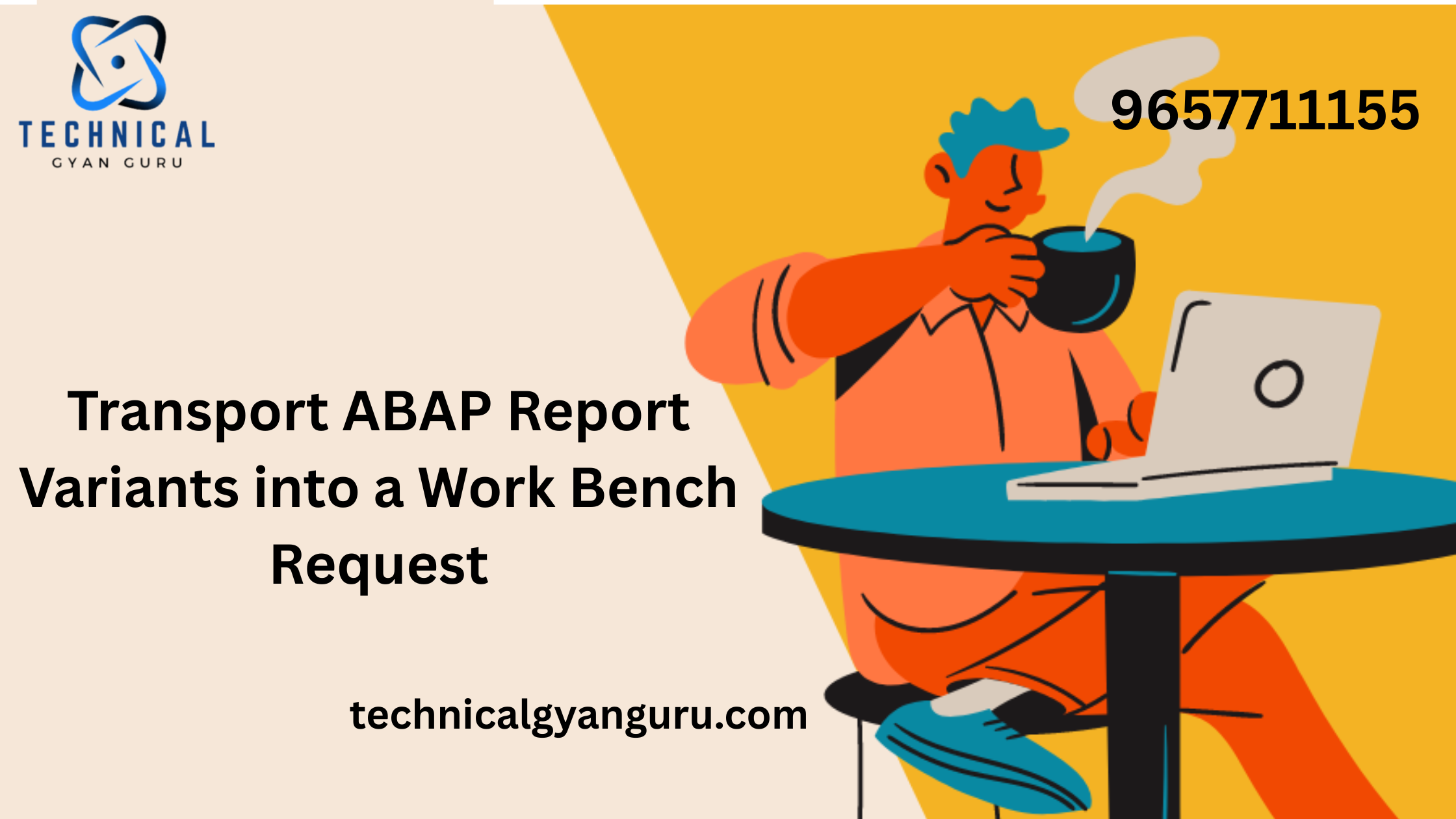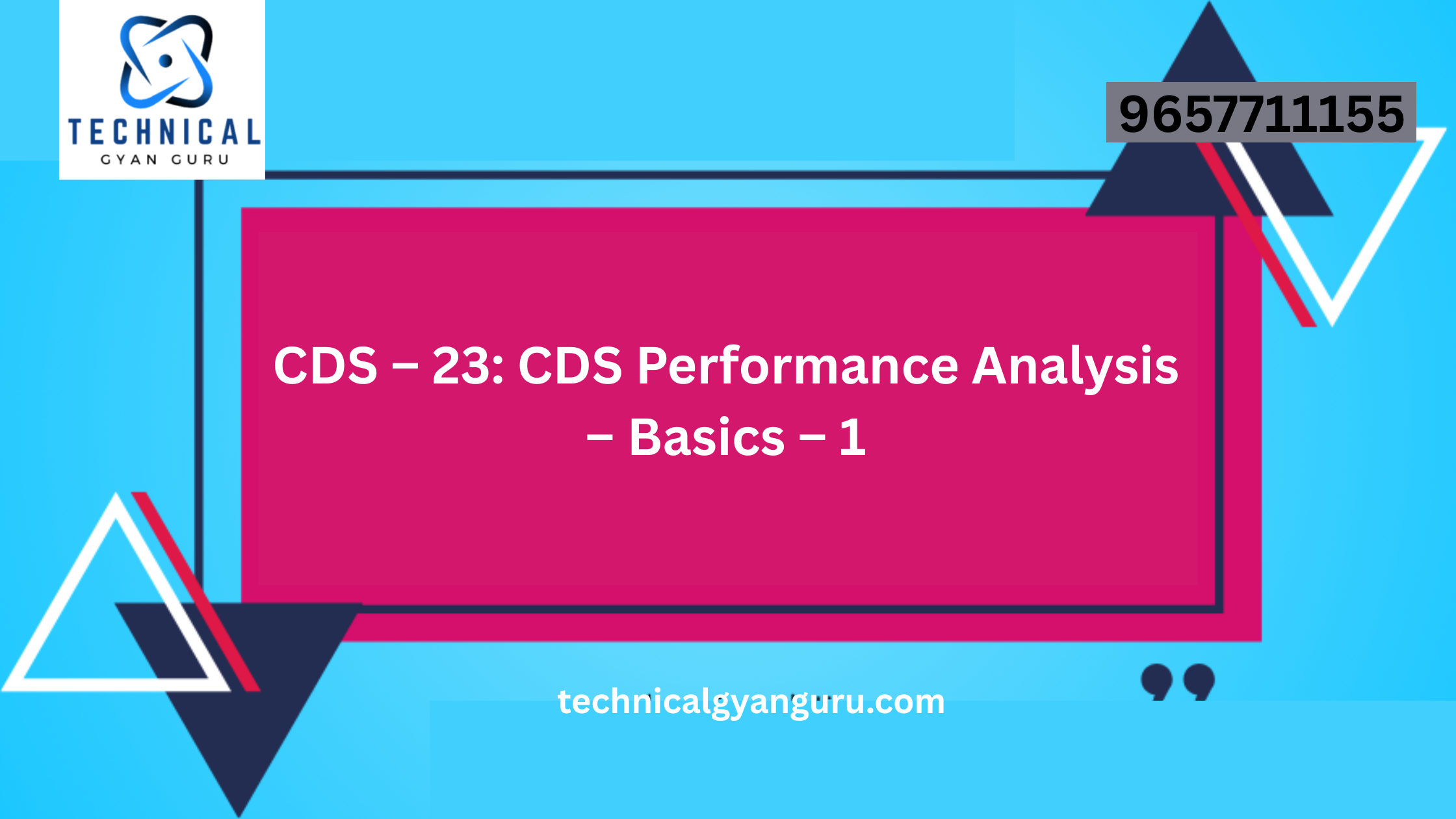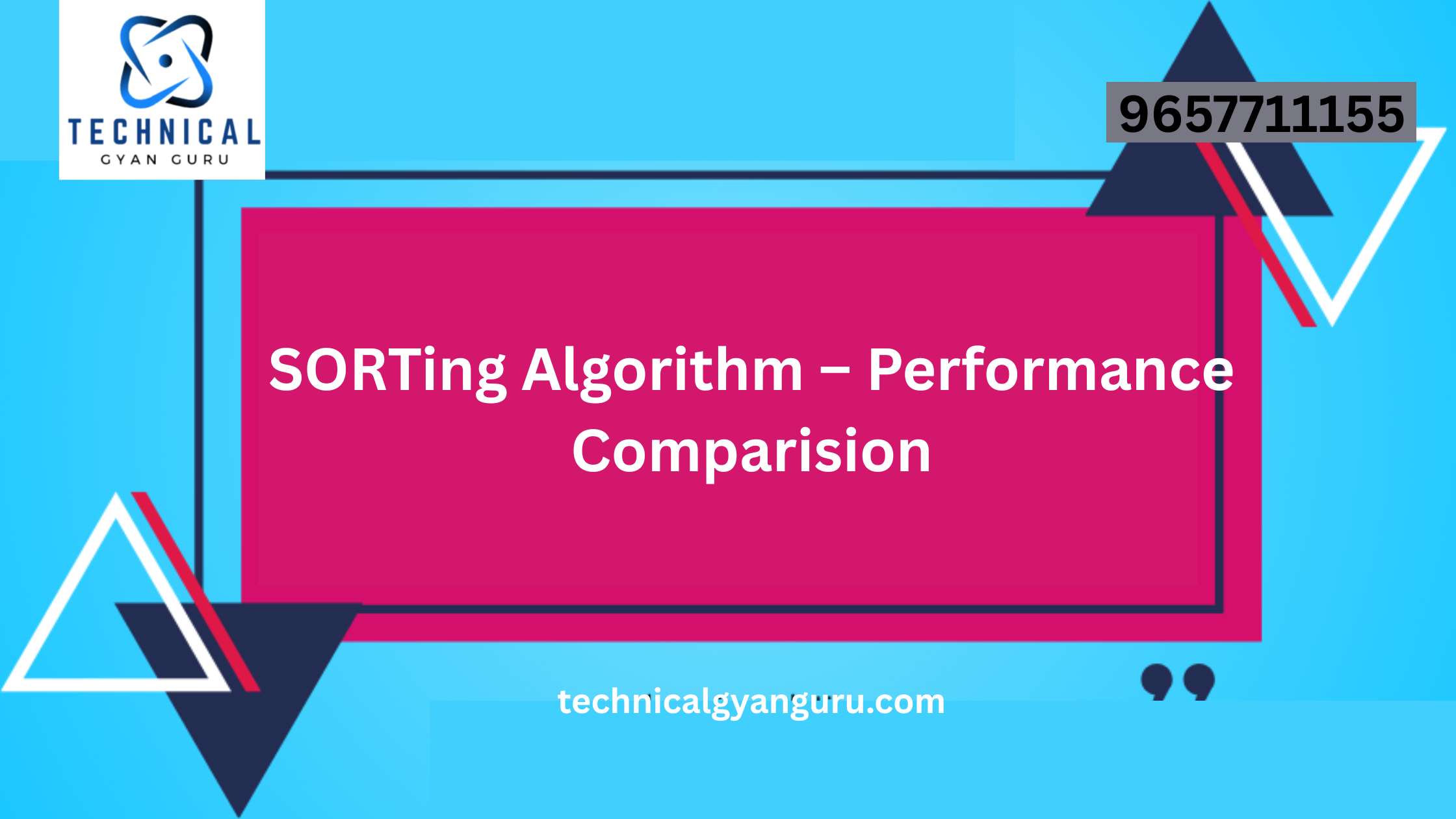
Dive into the world of New Age Open SQL in ABAP 740. Explore advanced features, best practices, and real-world examples to optimize your SAP database operations
With the advent of SAP NetWeaver 7.4, the landscape of ABAP (Advanced Business Application Programming) has undergone significant transformation. One of the most notable advancements is the introduction of New Age Open SQL, which enhances the capabilities and performance of traditional SQL within the SAP ecosystem. This article delves into the intricacies of New Age Open SQL in ABAP 740, exploring its features, advantages, and practical applications to help developers and businesses harness its full potential.
What is New Age Open SQL?
Open SQL in ABAP is a subset of the SQL language, tailored specifically for SAP environments. It provides a streamlined and consistent way to interact with the database, ensuring platform independence and integration with various SAP components.
ABAP News for 7.40, SP08 – Open SQL
1. Inline Declarations
| Before 7.40 | With 7.40 | |
Data | DATA text TYPE string. text = 'ABC'. | DATA(text) = 'ABC'. |
Loop at into work area | DATA wa like LINE OF itab. LOOP AT itab INTO wa. ... ENDLOOP. | LOOP AT itab INTO DATA(wa). ... ENDLOOP. |
Call method | DATA a1 TYPE ... DATA a2 TYPE ... oref->meth( IMPORTING p1 = a1 IMPORTING p2 = a2 ). | oref->meth( IMPORTING p1 = DATA(a1) IMPORTING p2 = DATA(a2) ). |
Loop at assigning | FIELD-SYMBOLS: <line> type … LOOP AT itab ASSIGNING <line>. ... ENDLOOP. | LOOP AT itab ASSIGNING FIELD-SYMBOL(<line>). ... ENDLOOP. |
Read assigning | FIELD-SYMBOLS: <line> type … READ TABLE itab ASSIGNING <line>. | READ TABLE itab ASSIGNING FIELD-SYMBOL(<line>). |
| Select into table | DATA itab TYPE TABLE OF dbtab. SELECT * FROM dbtab INTO TABLE itab WHERE fld1 = lv_fld1. | SELECT * FROM dbtab INTO TABLE @DATA(itab) WHERE fld1 = @lv_fld1. |
Select single into | SELECT SINGLE f1 f2 FROM dbtab INTO (lv_f1, lv_f2) WHERE ... WRITE: / lv_f1, lv_f2. | SELECT SINGLE f1 AS my_f1, f2 AS abc FROM dbtab INTO DATA(ls_struct) WHERE ... WRITE: / ls_struct-my_f1, ls_struct-abc. |
Before 7.40 | With 7.40 | |
Read Table index | READ TABLE itab INDEX idx INTO wa. | wa = itab[ idx ]. |
Read Table using key | READ TABLE itab INDEX idx USING KEY key INTO wa. | wa = itab[ KEY key INDEX idx ]. |
Read Table with key | READ TABLE itab WITH KEY col1 = … col2 = … INTO wa. | wa = itab[ col1 = … col2 = … ]. |
Read Table with key components | READ TABLE itab WITH TABLE KEY key COMPONENTS col1 = … col2 = … INTO wa. | wa = itab[ KEY key col1 = … col2 = … ]. |
Does record exist? | READ TABLE itab ... TRANSPORTING NO FIELDS. IF sy-subrc = 0. ... ENDIF. | IF line_exists( itab[ ... ] ). ... ENDIF. |
| Get table index | DATA idx type sy-tabix. READ TABLE ... TRANSPORTING NO FIELDS. idx = sy-tabix. | DATA(idx) = line_index( itab[ ... ] ). |
ASSIGN lt_tab[ 1 ] to FIELD-SYMBOL(<ls_tab>).
IF sy-subrc = 0.
...
ENDIF.
3. Conversion Operator CONV
DATA text TYPE c LENGTH 255.
DATA helper TYPE string.
DATA xstr TYPE xstring.
helper = text.
xstr = cl_abap_codepage=>convert_to( source = helper ).With 7.40 DATA text TYPE c LENGTH 255.
DATA(xstr) = cl_abap_codepage=>convert_to( source = CONV string( text ) ).
OR
DATA(xstr) = cl_abap_codepage=>convert_to( source = CONV #( text ) ). 4. Value Operator VALUEI. Definition Variables: VALUE dtype|#( ) Structures: VALUE dtype|#( comp1 = a1 comp2 = a2 ... ) Tables: VALUE dtype|#( ( ... ) ( ... ) ... ) ... II. Example for structuresTYPES: BEGIN OF ty_columns1, “Simple structure
cols1 TYPE i,
cols2 TYPE i,
END OF ty_columns1.
TYPES: BEGIN OF ty_columnns2, “Nested structure
coln1 TYPE i,
coln2 TYPE ty_columns1,
END OF ty_columns2.
DATA: struc_simple TYPE ty_columns1,
struc_nest TYPE ty_columns2.
struct_nest = VALUE t_struct(coln1 = 1
coln2-cols1 = 1
coln2-cols2 = 2 ).
The New Age Open SQL introduced in ABAP 740 brings several enhancements, making it more powerful and versatile.
III. Examples for internal tables
TYPES t_itab TYPE TABLE OF i WITH EMPTY KEY.
DATA itab TYPE t_itab.
itab = VALUE #( ( ) ( 1 ) ( 2 ) ). Explanation
Before 7.40 | With 7.40 | |
| 1 | CLEAR ls_line2. MOVE-CORRESPONDING ls_line1 TO ls_line2. | ls_line2 = CORRESPONDING #( ls_line1 ). |
| 2 | MOVE-CORRESPONDING ls_line1 TO ls_line2. | ls_line2 = CORRESPONDING # ( BASE ( ls_line2 ) ls_line1 ). |
| 3 | DATA: ls_line3 like ls_line2. ls_line3 = ls_line2. MOVE-CORRESPONDING ls_line1 TO ls_line2. | DATA(ls_line3) = CORRESPONDING line2 ( BASE ( ls_line2 ) ls_line1 ). |
Key Features of New Age Open SQL
1. Enhanced Syntax and Flexibility
The new syntax in Open SQL is more in line with standard SQL, offering greater flexibility and readability. This makes it easier for developers familiar with SQL to adapt to Open SQL, reducing the learning curve and increasing productivity.
2. Advanced Joins and Subqueries
One of the significant improvements in New Age Open SQL is the support for complex joins and subqueries. Developers can now write more intricate queries, combining multiple tables and nested subqueries, which were previously cumbersome or impossible in traditional Open SQL.
3. Inline Declarations
Inline declarations allow developers to declare variables directly within the SQL query, simplifying the code and making it more concise. This feature enhances readability and reduces the boilerplate code associated with variable declarations.
4. Path Expressions
Path expressions provide a way to access nested structures within a table directly. This is particularly useful for handling complex data models and structures, enabling more efficient data retrieval and manipulation.
5. Aggregation Functions
The New Age Open SQL supports a broader range of aggregation functions, including standard deviations, median, and other statistical measures. This expands the analytical capabilities within ABAP programs, allowing for more sophisticated data analysis.
6. String Functions
String manipulation is more robust with the new string functions introduced in Open SQL. Developers can perform complex string operations directly within their SQL queries, enhancing data processing capabilities.
Performance Improvements
Performance is a critical aspect of any database interaction, and New Age Open SQL in ABAP 740 delivers significant enhancements in this regard.
1. Optimized Execution Plans
The new syntax and features allow the SAP HANA database to generate more optimized execution plans. This leads to faster query execution times, especially for complex queries involving multiple joins and subqueries.
2. Reduced Data Transfer
By enabling more operations to be performed within the database, New Age Open SQL reduces the amount of data transferred between the database and the application server. This minimizes network latency and improves overall application performance.
3. Parallel Processing
The enhanced capabilities of New Age Open SQL facilitate better parallel processing, allowing for concurrent execution of multiple queries. This leverages the multi-core architecture of modern processors, significantly boosting performance.
Practical Applications
The advancements in New Age Open SQL have wide-ranging applications across various domains and industries. Here are some practical examples:
1. Real-Time Analytics
With enhanced aggregation functions and optimized execution plans, businesses can perform real-time analytics on large datasets. This is particularly useful in scenarios like financial reporting, where timely insights are crucial.
2. Complex Data Models
The support for advanced joins, subqueries, and path expressions allows developers to work with complex data models more efficiently. This is beneficial in industries like healthcare and manufacturing, where data relationships can be intricate.
3. Improved Data Quality
The robust string functions and inline declarations help in better data processing and validation, leading to improved data quality. This is essential in domains like retail and logistics, where accurate data is critical for operations.
Best Practices for Using New Age Open SQL
To maximize the benefits of New Age Open SQL, developers should adhere to the following best practices:
1. Leverage New Features
Familiarize yourself with the new syntax and features, and actively use them in your queries. This will not only improve your code’s performance but also make it more maintainable and readable.
2. Optimize Queries
Always aim to write optimized queries. Utilize the enhanced join capabilities and subqueries to reduce the number of database round-trips, and ensure your queries are designed to minimize data transfer.
3. Monitor Performance
Regularly monitor the performance of your SQL queries using SAP’s performance monitoring tools. Identify bottlenecks and optimize them to ensure your application runs efficiently.
4. Stay Updated
The SAP ecosystem is continuously evolving, with new updates and features being introduced regularly. Stay updated with the latest developments and incorporate them into your ABAP programming practices.
Conclusion
New Age Open SQL in ABAP 740 marks a significant step forward in database interaction within the SAP environment. Its enhanced features and performance improvements offer a powerful toolset for developers, enabling them to build more efficient and robust applications. By leveraging these advancements, businesses can achieve better data processing capabilities, real-time analytics, and overall improved performance, driving greater value from their SAP investments.
Harness the power of New Age Open SQL in ABAP 740 to transform your SAP applications and stay ahead in the competitive landscape. Whether you’re a seasoned developer or new to the SAP ecosystem, embracing these innovations will undoubtedly enhance your programming prowess and deliver substantial benefits to your organization.
Read Our blog here:-
What is the Purpose of Prompt Engineering in Gen AI Systems
Demystifying the Duolingo English Test Fee: What You Need to Know
Mastering Customer 360 in Salesforce
What is a database? Definition, Types, Uses, Advantages -2024







